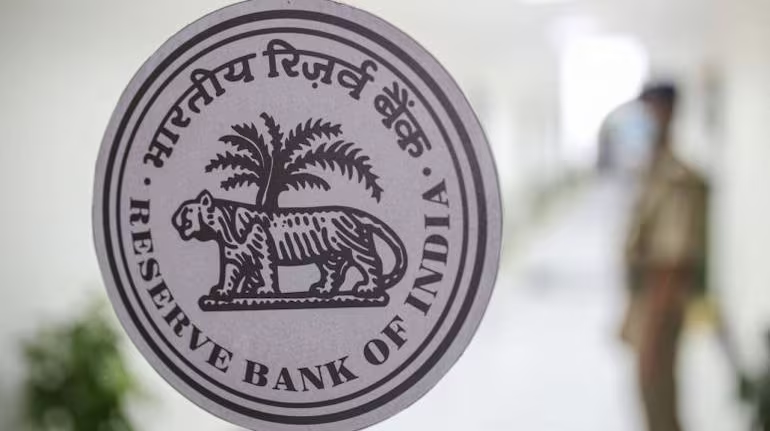RBI not yet ready for pivot, 100-150 bps repo rate cut likely by FY26, says this chief economist

“Last mile of disinflation to be challenging”, this is what the RBI governor had indicated at the February policy. And this probably continues to be the critical theme that continues into April’s policy and could be a determining factor for future policies. By keeping the rates and stance unchanged, RBI reiterated its commitment to bringing inflation to the 4 percent target on a durable basis.
As per RBI’s and our own projections, CPI inflation would come close to (even go below) the 4 percent target only in Q2FY25, taking away any chance of an early policy pivot. Patience is thus warranted. Even the global atmosphere of a rate cutting cycle is getting into an uncertain zone with most data prints from the US indicating towards a stronger economy there. And even as the last dot-plot indicates 75-bps rate cuts, the recent Fed talk has effectively been pointing to a lower extent of rate cuts in 2024.
So, what are the inflation challenges for now and for the medium term. The inflation concerns for the RBI remains hinged on the food prices outlook. In this sense, the RBI would be closely monitoring the Rabi harvesting trends (early start in Rajasthan and MP is a positive), southweat monsoon trends (El Nino is reported to be ebbing and give way to La Nina in June-August), and any vegetable shocks like in 2023.
The Reserve Bank of India (RBI) is currently focused on controlling inflation and is not likely to reduce interest rates (repo rate) anytime soon, according to a chief economist. Here’s a breakdown of the key points:
- RBI’s stance: The RBI is prioritizing controlling inflation and is not yet ready to “pivot” its monetary policy towards lowering interest rates.
- Expected Rate Cuts: The chief economist predicts a repo rate cut of 100-150 basis points (bps) by the end of Fiscal Year 2026 (FY26).
- Basis Points (bps): A basis point is one-hundredth of one percentage point. So, a 100 bps reduction in the repo rate would mean a decrease of 1%.

Further Implications:
- This suggests that the RBI might maintain or even raise interest rates in the near future to combat inflation.
- The repo rate directly affects borrowing costs in the economy. Lower repo rates generally translate to lower interest rates on loans (home loans, car loans, etc.), which can stimulate economic activity.
It’s important to note that this is the prediction of one economist, and the RBI’s actual policy decisions may differ.
